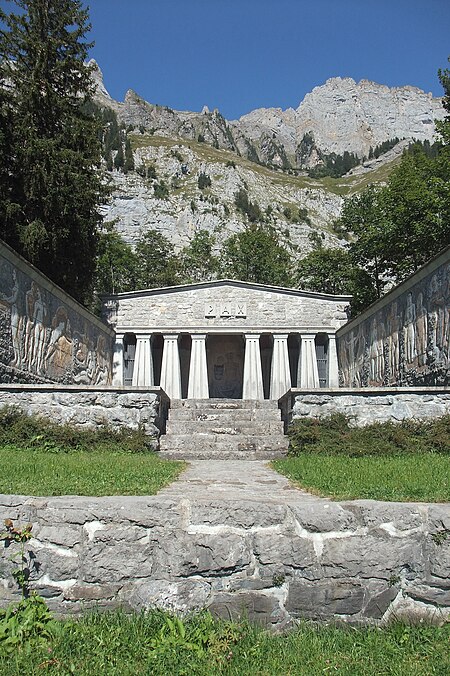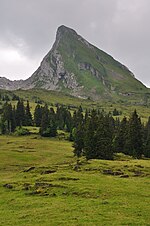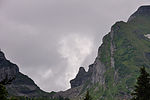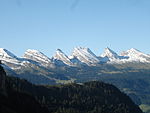Paxmal
Buildings and structures in the canton of St. GallenMonuments and memorials in SwitzerlandSwitzerland stubsTourist attractions in the canton of St. GallenWalenstadt

The Paxmal is a peace monument built by Karl Bickel between 1924 and 1949, in Walenstadtberg above Walenstadt, in front of the Churfirsten mountain range in Switzerland.The left wall depicts the earthly life: a human couple in its existence and development, love and procreation. The right wall is devoted to the spiritual life: the beings who are awakened, struggling, and which keep growing. Karl Bickel was a Swiss artist who worked for the Swiss Post as a stamps graphic designer.
Excerpt from the Wikipedia article Paxmal (License: CC BY-SA 3.0, Authors, Images).Paxmal
Grundweg,
Geographical coordinates (GPS) Address Nearby Places Show on map
Geographical coordinates (GPS)
| Latitude | Longitude |
|---|---|
| N 47.142222222222 ° | E 9.27 ° |
Address
Grundweg 8
8881
St. Gallen, Switzerland
Open on Google Maps










